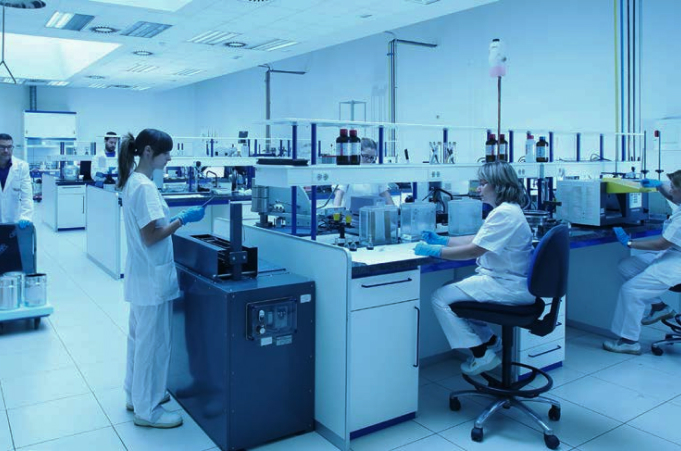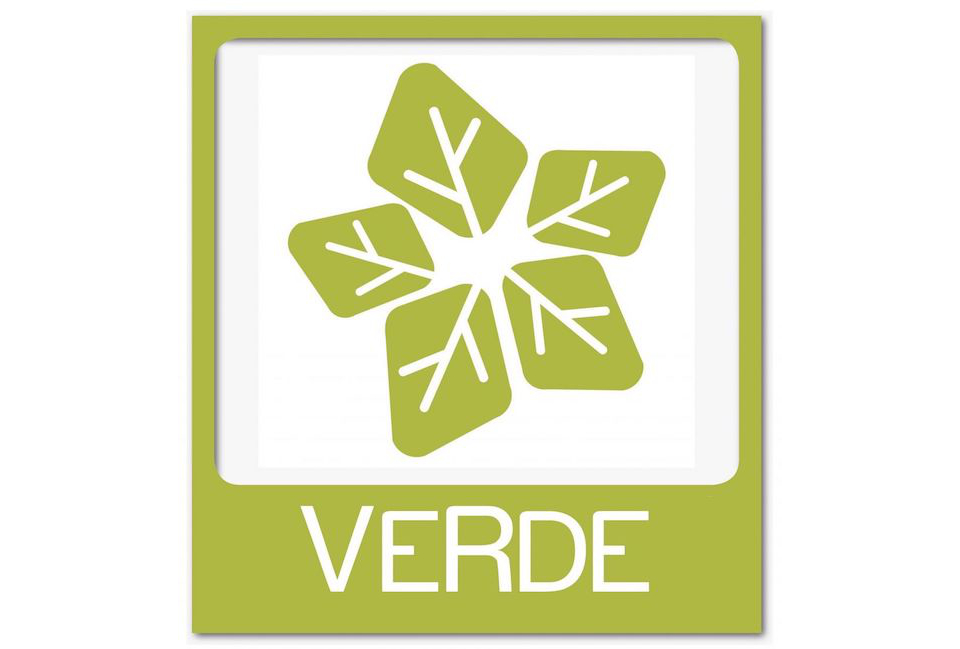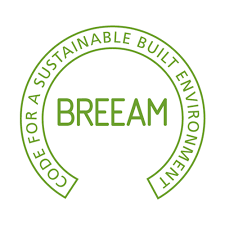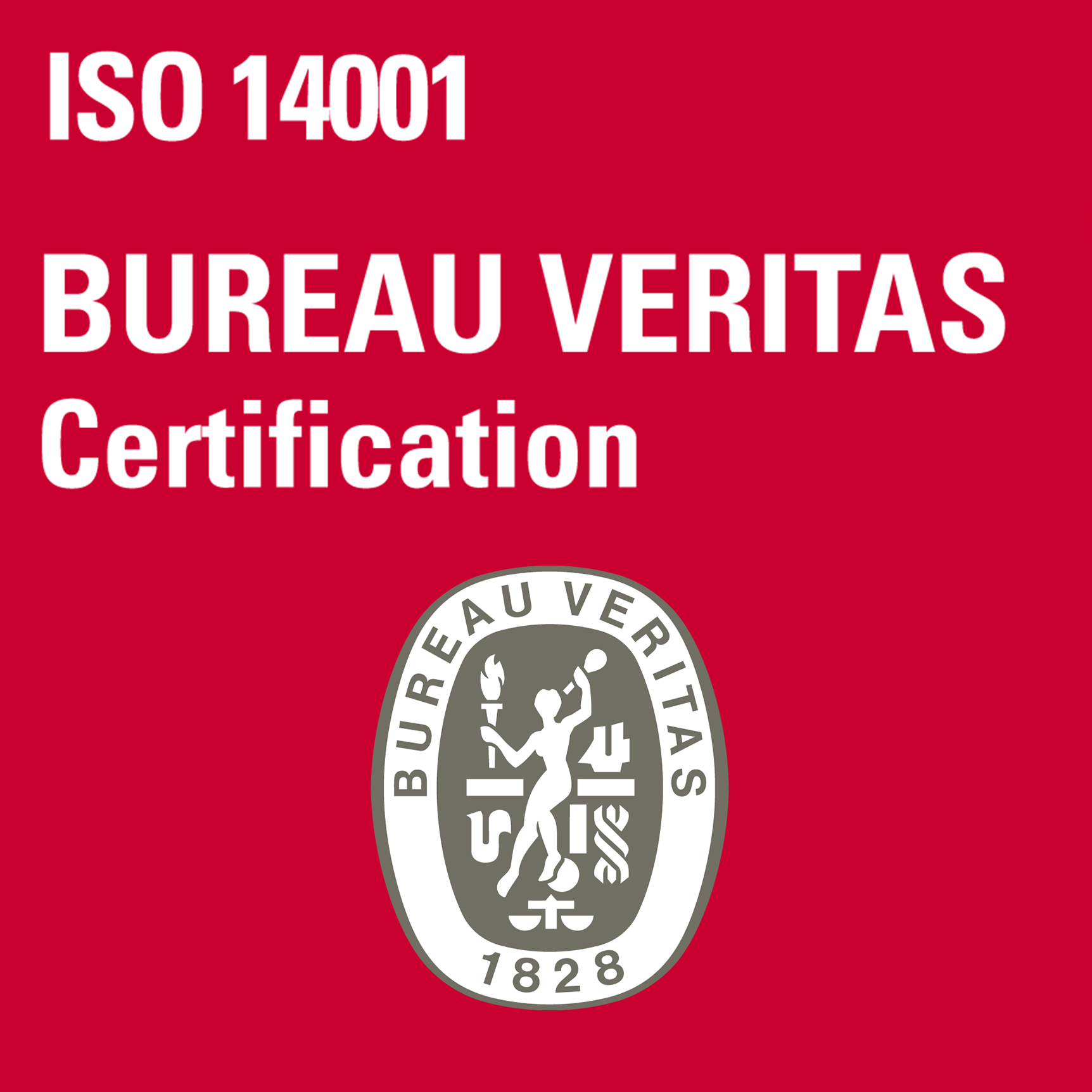We Have Made A Deal With Nature to Live in Harmony
At Tikidan, we promote a new way of sustainable construction through combined synergies. We started developing environment-conscious solutions much ahead of time, through a circular economy model, thus forging a path towards energy efficiency, well-being of buildings, reducing the CO2 emissions and overall curbing climate change.
Sustainability is not an objective, it is an Attitude in itself!
Development and Implementation of new technologies in the production process backed by continuous research, have empowered us to achieve highest quality levels for our products and solutions.
Further, we work rigorously towards reducing both generations of waste and residues as well as closing economic and ecological flows of the resources. while keeping nature and our customers at the heart of this sustainable movement.
of the global CO2 emissions are generated by the construction sector. This also presents an opportunity for innovation and embracing sustainable practices.
Equivalent fish boxes are used to manufacture our XPS Thermal Insulation.
The plastic, at the end of its lifespan, is not a waste its a resource!

of recycled materials in our production processes as in 2018.
Epanded Polystherene
High Density Polythene(HDP)
Polypropyelane
Low Film Density Polyethyelane

Innovation & Development
At Tikidan, sustainability drives our project and material development decisions. Led by a team of research specialists, our R&D department invests significantly in technology and innovation to enhance product performance. Today, a substantial portion of our raw materials come from recycled sources, showcasing our commitment to sustainability while maintaining product quality and durability.
#BuildingTogether
Challenges to Consider for the Entire Sector
Architects | Promoters | Manufacturers | Construction Companies | Installers | Distributors
Revaluing Assets
Integrating the circular economy into projects extends asset lifespan and reduces maintenance costs.
Digitilizing Design
New technologies streamline project design, making it more efficient and detailed.
Choosing Sustainable Comfort
End users increasingly prioritize sustainability and circular economy principles in purchasing decisions.
Building The Future
Leading construction sustainability involves embracing recyclability, circular economy principles, and assessing environmental impact post-use.
Green Building Certifications
They seek to encourage more construction sustainable that reverberates in profits economic, environmental and social for all building agents. According to different criteria of score, buildings get a certain classification that informs on its environmental performance. These certifications require the information of environmental performance of the products that make up the building throughout its useful life.








